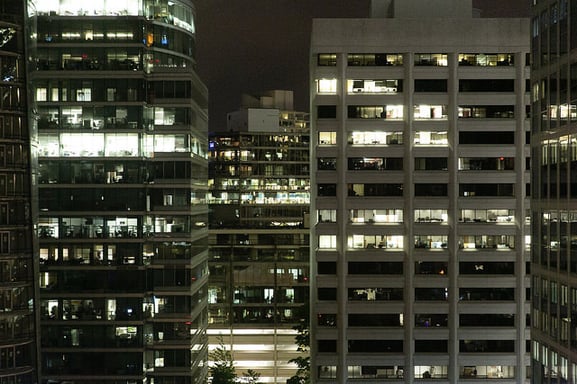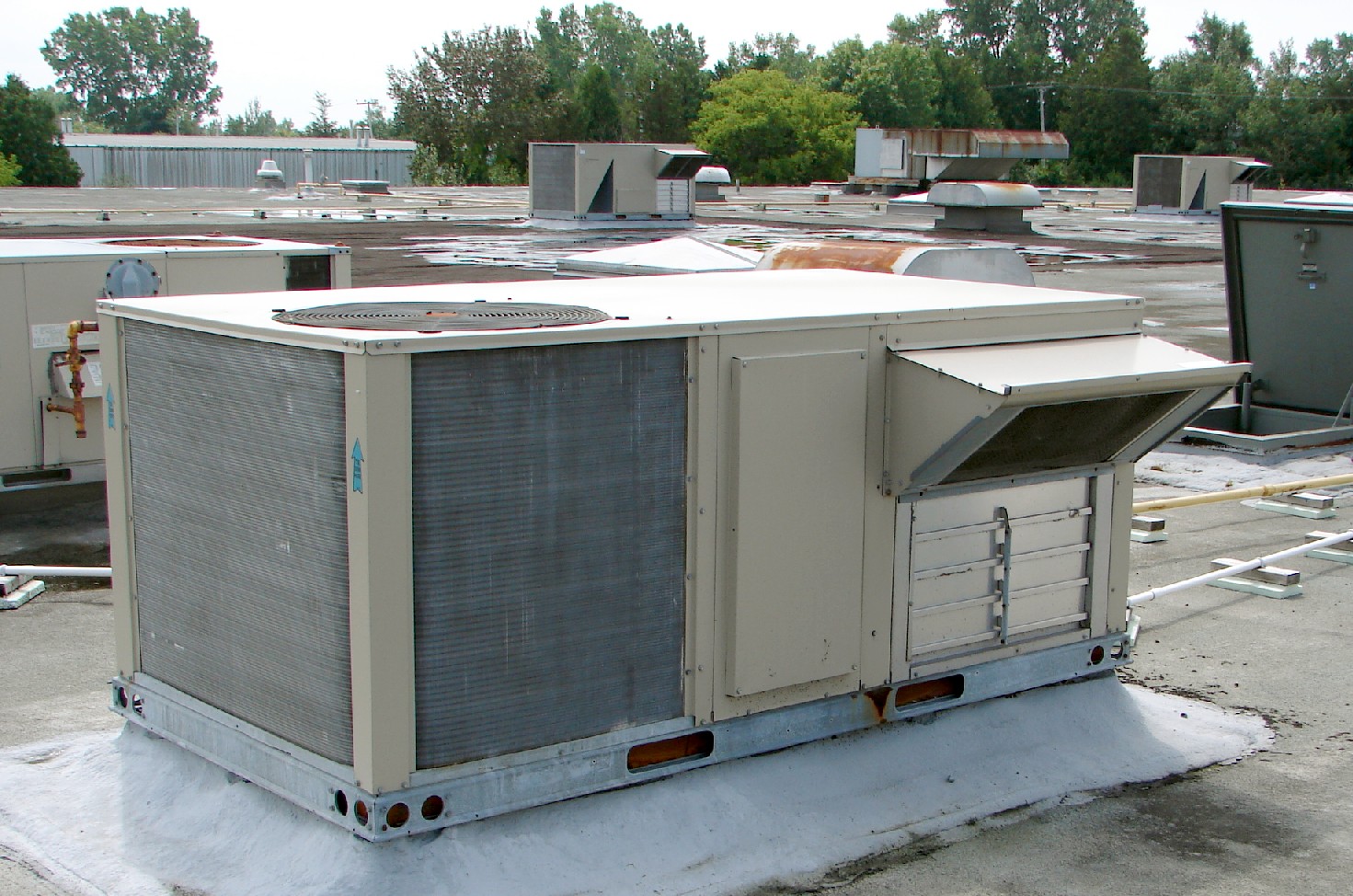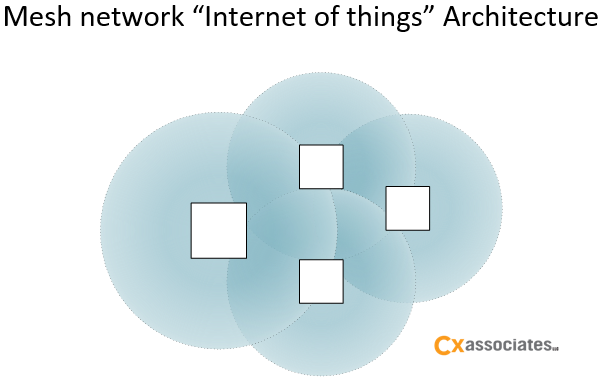In 2020 federal standards will go into effect that will render lighting energy efficiency measures for screw-in lamps (standard A-lamp light bulbs) extinct. This will have a big impact on residential energy efficiency programs, but what about the programs and savings for the commercial market? Most of the commercial and industrial built environment is illuminated by linear fluorescent lamps. While the baseline efficiency mandated for these lamps does continue to improve, the advent of LED lighting presents a major opportunity to re-light commercial and industrial spaces, potentially increasing lighting savings in this market just when savings are disappearing in the residential market.
 Image by Flickr user Matt Wiebe
Image by Flickr user Matt Wiebe
Productivity vs. Payback
Right now retrofitting fluorescent lighting systems with LEDs is cost effective, but it doesn’t have the super quick payback (two year simple payback) many business purport to need to make the investment. However, energy efficiency programs need to help business owners see the bigger picture. The largest budget line item for most non-retail commercial businesses is personnel. People cost money and the environment in which they work can directly affect productivity, absenteeism, and even attitude. Changing the indoor environment by upgrading the lighting system from linear fluorescent to new LED fixtures can have a significant benefit on the quality of the indoor environment and that can reap significant benefits beyond the energy savings.
Assume Small Biz Co. has an annual payroll of $5,000,000 annually. A Rocky Mountain Institute Study on Greening the Bottom Line found that lighting improvements resulted in efficiency gains ranging from 6% to 16%. A 6% productivity improvement provides a $300,000 benefit to Small Biz Co. which dwarfs the energy savings that result from going from 1 watt per square foot to 0.6 watts per square foot and installing controls that reduce the average operating hours by 35% from 3,650 to 2,373 hours per year. For the 80,000 square foot office building, the energy savings amount to $9,900 annually or only 10% of the productivity gains.

Image by Flickr user Alex Proimos
Lighting Factors Affecting Productivity
The productivity gains from LED lighting will be driven by a few key factors:
- Don’t over light. In my last blog post I discussed this. Numerous studies have found that too much light can cause eye strain which would negate potential productivity gains. Because LED sources tend to be very bright, lighting designers need to keep the total lumen count within reason.
- Provide local control. Again studies have shown that workers with control over their own environment are happier and more productive. With LED fixtures this is relatively easy since fixtures are addressable and can be controlled from a local device.
- Eliminate glare. LEDs can be an extremely bright source meaning that good fixture design is essential to provide an even pattern of illumination and eliminate the potential for glare from LED sources.
- Provide a task/ambient design. Again, see my last blog post. Providing a general, lower ambient light level with the capability for individuals to increase light levels at their work surface when needed minimizes energy use and maximizes the end user’s comfort and control, again increasing productivity.
- Build in flexibility. LEDs are still evolving. This powerful technology already has the capability to mirror the color spectrum of daylight over the course of the day. Because humans spend so much time indoors, indoor lighting systems that mimic natural light over the course of the day may provide additional benefits. While the evidence has yet to be amassed proving this concept, designing flexibility into your lighting system so that it can be upgraded in the future is a good idea.


